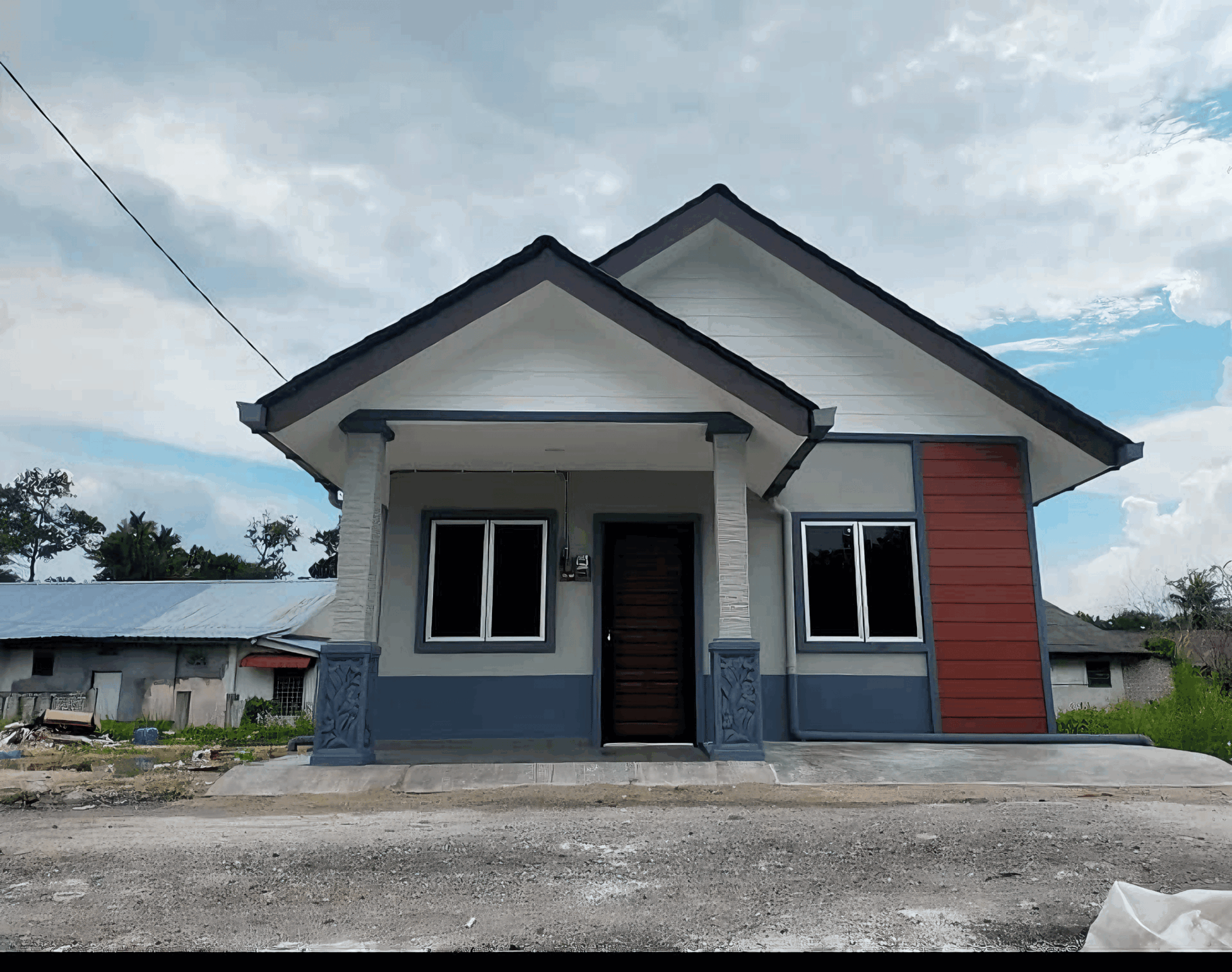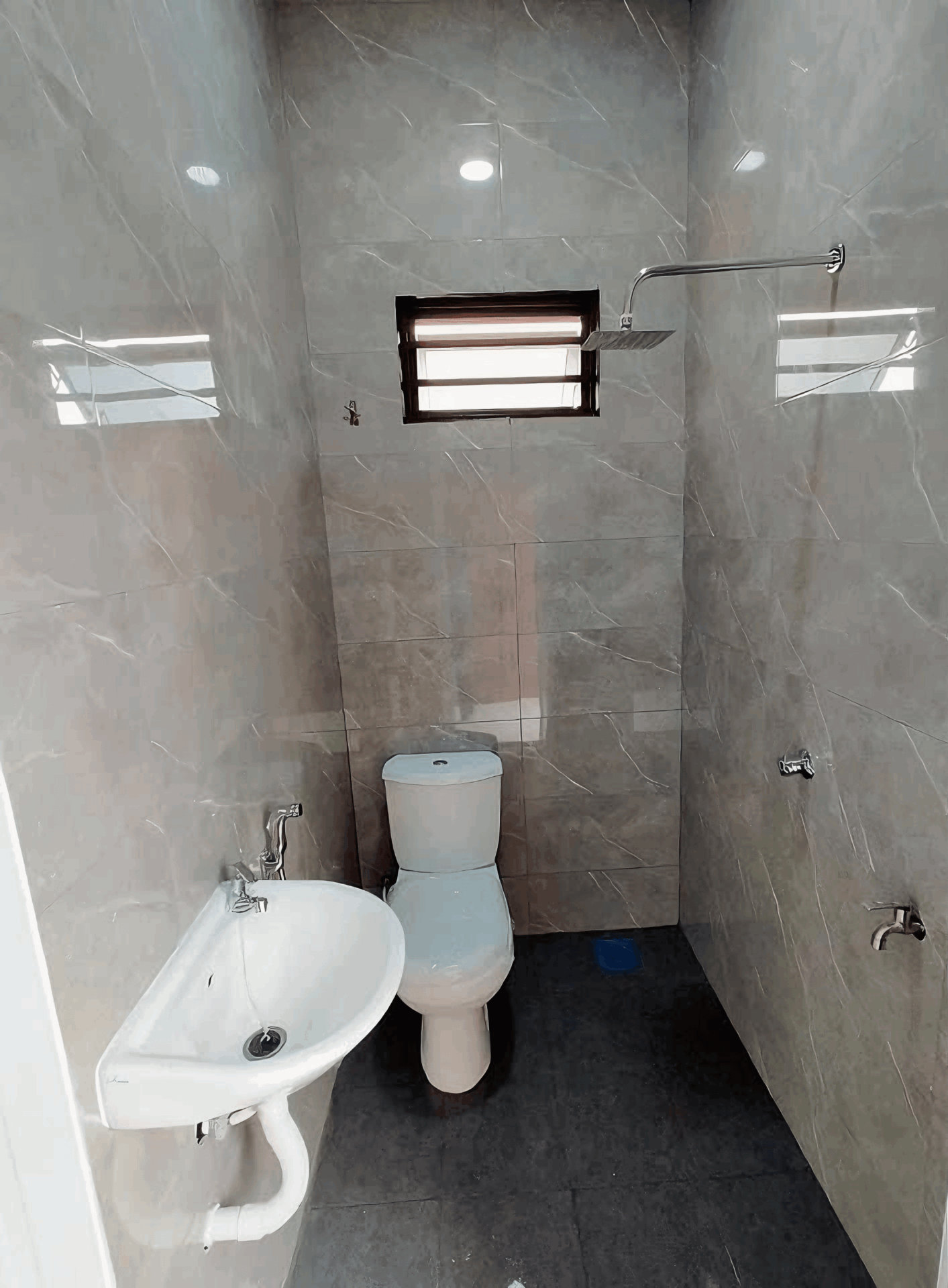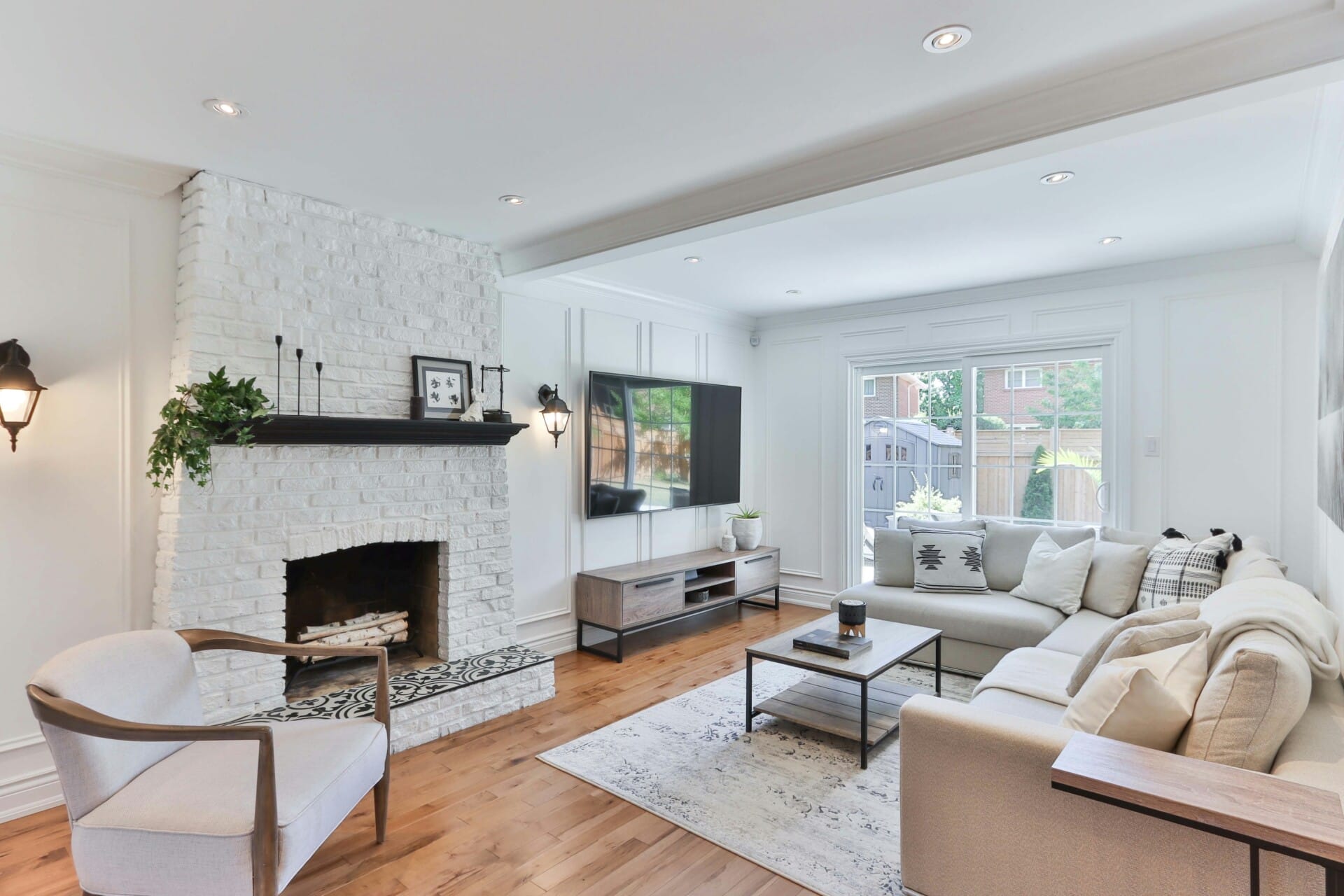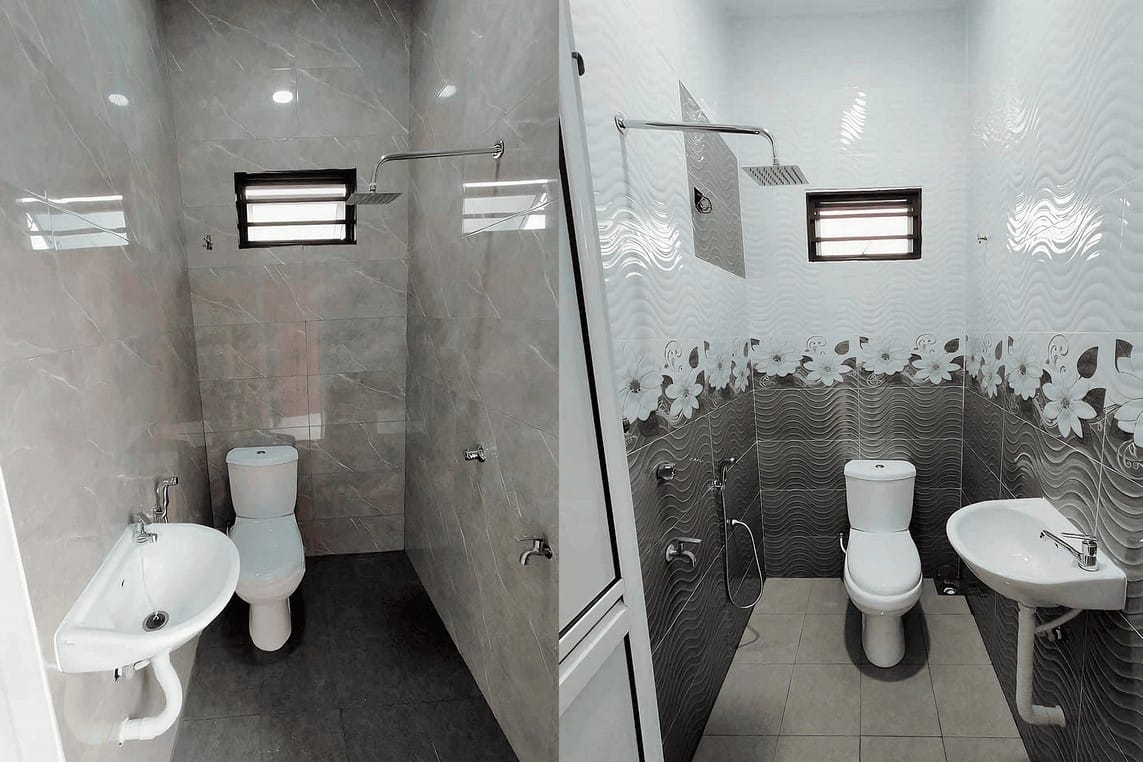Building your dream home can feel like setting off on an exciting adventure, but let’s be real—navigating the twists and turns of a construction project can be a bit of a roller coaster ride. One minute you’re buzzing over blueprints, and the next, you’re hit with unforeseen delays and escalating costs that can make you feel like you’re stuck in a traffic jam of expenses. Whether you’re a seasoned builder or a first-time homeowner, the journey from vision to reality is often loaded with challenges. But fear not! In this article, we’re sharing some handy tips to help you dodge those pesky delays and keep your budget in check as you construct your Malaysian dream home. Dive in and discover how to plan smart, communicate effectively, and stay ahead of the curve so you can finally pop the champagne and celebrate your new address without the headache of unexpected hurdles.
Understanding Common Causes of Delays and Cost Overruns
When kicking off a home construction project, a few roadblocks can come up that might throw your schedule and budget out of whack. One of the biggest culprits is poor planning. If the initial designs and timelines aren’t thoroughly thought out, you might find yourself scrambling mid-project. Imagine realizing you need extra permits or that the materials you selected are out of stock—suddenly, what should be a straightforward build turns into a messy scramble. This can cause delays that lead to additional costs, which is the last thing anyone wants when building their dream home.
Another common issue is unexpected changes. Whether it’s a last-minute decision to switch up your kitchen layout or a building regulation that needs to be addressed, these changes can ripple through the entire project. When projects alter mid-course, construction timelines are affected, affecting not only labor schedules but also material orders. These shifts can lead to conflicts with contractors and could result in costly change orders that weren’t budgeted for initially. Being flexible is great, but always being prepared for changes can save a lot of headaches and money.
Additionally, contractor issues can emerge, and these can be particularly tricky. If your contractor is juggling multiple projects, their attention may be split, leading to slower progress on your build. It’s essential to ensure that you’re working with someone reliable and dedicated. Communication is key—setting clear expectations regarding timelines, responsibilities, and workflows helps keep everyone on the same page. Here’s a quick overview of what to keep in mind:
| Issue | Impact | Tips to Mitigate |
|---|---|---|
| Poor Planning | Delays and inflated budgets | Thoroughly review designs and timelines upfront |
| Unexpected Changes | Disruption in workflow and increased costs | Anticipate possible changes; have a buffer in your budget |
| Contractor Issues | Reduced attention and slower progress | Choose a dedicated contractor and maintain clear communication |

Setting a Realistic Timeline and Budget from the Start
When kicking off your home construction project, laying down a solid timeline and budget right from the get-go is essential. Think of your timeline like the backbone of your project; it helps you map out every stage from the groundbreaking to the finishing touches. The key here is to be realistic. Instead of assuming everything will go off without a hitch, factor in potential hiccups. For instance, weather delays and sourcing materials can throw a wrench in the works. So, be sure to build some buffer time into your schedule to keep stress levels at bay.
As for budgeting, it’s not just about getting the numbers right—it’s about having a clear understanding of what those numbers entail. Start by gathering estimates for materials, labour, and any legal fees involved. Create a contingency fund for unexpected costs, which usually crop up during construction. To keep things clear, consider setting up a simple budget breakdown:
| Expense Category | Estimated Cost (MYR) |
|---|---|
| Materials | 15,000 |
| Labour | 10,000 |
| Permits & Fees | 2,500 |
| Contingency Fund | 5,000 |
By breaking down costs this way, you’ll have a clearer picture of where your money is going and how to adjust if needed. Always keep track of your expenses as they occur to avoid a nasty surprise later. Remember, the goal is to stay on track and finish your dream home without burning a hole in your wallet. Keep communication open with your contractor to address any budget concerns promptly, because clarity at the start can save you a lot of pain down the line.

Choosing the Right Contractors and Building Team
When it comes to kicking off your home construction project, assembling the right team of contractors can make all the difference. Start by researching potential contractors – look for people with strong local reputations, positive reviews, and solid portfolios. An ideal contractor will not only have the technical know-how but also a good understanding of your vision. You might want to consider reaching out to friends, family, or local online forums for recommendations. Word-of-mouth referrals often lead to finding hidden gems in the construction industry.
Next, it’s vital to interview your shortlisted candidates. This is your chance to dive deep into their experience and work philosophy. Ask questions like:
- What type of projects have you completed in the past?
- How do you handle unexpected challenges?
- Can you provide references from previous clients?
A conversation can reveal vital insights beyond what’s on paper. Pay attention to how they communicate; a contractor who’s transparent, responsive, and upfront about costs will be worth their weight in gold when you’re in the thick of construction.
always make sure to check credentials and establish clear expectations from the get-go. Verify licenses, insurance, and whether they have a solid legal standing in the area. Consider drafting a formal agreement that outlines project timelines, payment schedules, and how variations will be handled. To keep everything organized, here’s a simple table to help you keep track of what to look for in choosing your building team:
| Criteria | Details |
|---|---|
| Experience | Years in business, types of projects done |
| References | Clients willing to vouch for their work |
| Licenses & Insurance | Check validity to avoid pitfalls |
| Communication | Responsiveness and clarity in discussions |

Effective Communication Strategies with Your Construction Team
Clear communication is the backbone of any successful construction project. Engaging with your team regularly ensures everyone is on the same page. Setting up weekly check-ins can be a game changer. During these meetings, you can discuss progress, address any obstacles, and align on upcoming tasks. This not only helps in maintaining momentum but also fosters a sense of teamwork. Consider using collaborative tools like Google Docs or Trello to keep track of notes and action points shared during these discussions.
Another effective strategy is to create a visual communication plan. Utilize diagrams, charts, or even a simple project timeline to keep everyone informed about the project’s progress at a glance. Visual aids can help in minimizing misunderstandings, making it easier for everyone to see what’s ahead. Outsourcing this task to a graphic designer could be worthwhile if it fits within the budget, but even basic visuals done in-house can make a significant difference.
Lastly, always encourage open feedback from your team. Constructive criticism can reveal issues before they escalate into major problems, saving you time and money. Create a safe space where team members can voice their concerns or suggest improvements. This could be done through anonymous suggestion boxes or regular brainstorming sessions. Remember, the more comfortable your team is in communicating, the smoother the construction process will be.

Regularly Reviewing Progress and Adjusting Plans
Keeping tabs on your project’s progress is key to sidestepping delays and those nasty cost overruns. Regular check-ins allow you to assess whether you’re hitting your timeline and budgeting goals. Establish a routine for these reviews, whether weekly or monthly, and stick to it. This isn’t just about ticking boxes; it’s about making informed decisions based on the current state of your project. You wouldn’t want to discover halfway through that you’re more behind schedule than you thought!
During these meetings, it’s super important to involve your entire team, from contractors to suppliers. Collaboration ensures everyone stays on the same page, helping you identify potential roadblocks or miscommunications early on. Consider having an agenda for each review that covers key items like:
- Current project milestones
- Budget status
- Challenges faced
- Next steps
Moreover, don’t shy away from adjusting your plans if you uncover any hiccups. Flexibility can be your best friend; sometimes a small tweak can save you a lot of headaches down the line. To visually track changes and adapt faster, consider using a simple table:
| Task | Status | Next Steps |
|---|---|---|
| Foundation work | Completed | Begin framing |
| Electrical wiring | In Progress | Finish by next week |
| Roof installation | Pending | Schedule with contractor |

Implementing Contingency Plans for Unexpected Issues
When kicking off your home construction project, it’s wise to think ahead about what could go wrong. Unexpected issues can pop up at any time, from weather disruptions to supply chain hiccups. That’s where having a solid contingency plan steps in as your safety net. By anticipating potential problems, you can outline clear steps to take, reducing panic and keeping your project on track. Return to regular operations faster by empowering your team with the right information and tools when the unexpected strikes.
Consider outlining a few key areas within your contingency plan. Here are some essentials to include:
- Identify Risks: List potential risks like bad weather, supplier delays, or labor shortages.
- Resource Allocation: Determine alternative resources or contractors that can jump in when needed.
- Timeline Adjustments: Have flexibility in your project timeline to accommodate unforeseen delays.
Another practical tip is to establish a communication protocol. Make sure everyone involved in the project knows who to contact and how to relay information swiftly. A simple table could be incredibly useful to keep contact details organized:

Investing in Quality Materials to Reduce Future Costs
When embarking on a home construction project, it might be tempting to cut corners on material costs in an effort to stick to your budget. However, investing in quality materials upfront can pay off handsomely in the long run. Quality materials not only enhance the durability and aesthetics of your home but also help prevent frequent repairs and replacements, which can become a financial burden later on. Think of it as a long-term investment—one that ultimately saves you time, money, and stress.
Choosing superior materials can mitigate delays caused by defects or the need for replacement. For instance, opting for high-end roofing materials can extend the lifespan of your roof and reduce the chances of leaks or damage that could halt your project. Similarly, selecting sturdy framing and high-grade insulation can prevent structural issues, ensuring your home is both safe and energy-efficient. Here are some key materials to consider:
- Concrete: Consider high-strength concrete for durability.
- Energy-efficient windows: They help with insulation and reduce energy bills.
- Premium roofing materials: These can withstand harsh weather conditions.
Here’s a quick comparison of what investing in quality versus mediocre materials might cost you over time:
| Material Type | Initial Cost | Estimated Lifespan | Maintenance Cost (5 years) |
|---|---|---|---|
| Quality Vinyl Siding | RM 15,000 | 40 years | RM 2,000 |
| Mediocre Vinyl Siding | RM 10,000 | 20 years | RM 5,000 |
By investing in high-quality materials, you not only ensure that your home stands the test of time but also contribute to a smoother construction experience. Your choice can significantly reduce risks associated with delays and cost overruns as problems arising from inferior materials often lead to project slowdowns. Making informed material choices can lead to a home that is not only built to last but is also a testament to your commitment to quality.

Leveraging Technology for Better Project Management and Tracking
In today’s fast-paced world, technology has transformed the way we manage projects, including home construction. By integrating project management software, you can keep all stakeholders informed and accountable, minimizing the chances of miscommunication. Collaborative tools allow architects, contractors, and homeowners to share updates and plans in real-time, ensuring everyone is on the same page. Utilizing these tools can help you keep tabs on timelines and avoid costly delays.
Moreover, investing in real-time tracking applications gives you the power to monitor the progress of your construction remotely. With features like job site cameras and progress reports, you can assess how work is going without unnecessary site visits. This not only saves time but also allows you to address issues as they arise, circumventing potential problems before they escalate. Plus, you can analyze past projects to inform better decision-making for current and future builds.
Create a structured workflow by using task management tools to assign responsibilities and deadlines. Here’s a simple layout you can adapt for your project:
| Task | Assigned To | Due Date | Status |
|---|---|---|---|
| Site Preparation | Contractor A | 2023-11-05 | In Progress |
| Foundation Work | Contractor B | 2023-11-20 | Pending |
| Electricity Setup | Electrician C | 2023-12-01 | Pending |
This approach streamlines accountability and helps you stay organized throughout your project. By leveraging these technologies, you’ll find greater efficiency and clarity, paving the way toward a successful construction journey.
Wrapping Up
As we wrap up our chat about steering clear of delays and those pesky cost overruns in your home construction project, remember this: planning and communication are your best pals. Sure, it might feel a bit overwhelming at first—like trying to find your way through a thick jungle—but with a well-thought-out plan in place and an open line of dialogue with your contractors, you can pave the way to a smoother journey.
So, whether it’s double-checking your budget, setting realistic timelines, or just keeping everyone in the loop, each step you take will help you create the home of your dreams without the added stress and costs. Just take it one step at a time, and before you know it, you’ll be admiring your new abode. Here’s to successful builds and stress-free living! Happy constructing, everyone!
Source link
kontraktor rumah
bina rumah
pinjaman lppsa
pengeluaran kwsp
spesifikasi rumah
rumah batu-bata
pelan rumah
rekabentuk rumah
bina rumah atas tanah sendiri
kontraktor rumah selangor
rumah banglo




